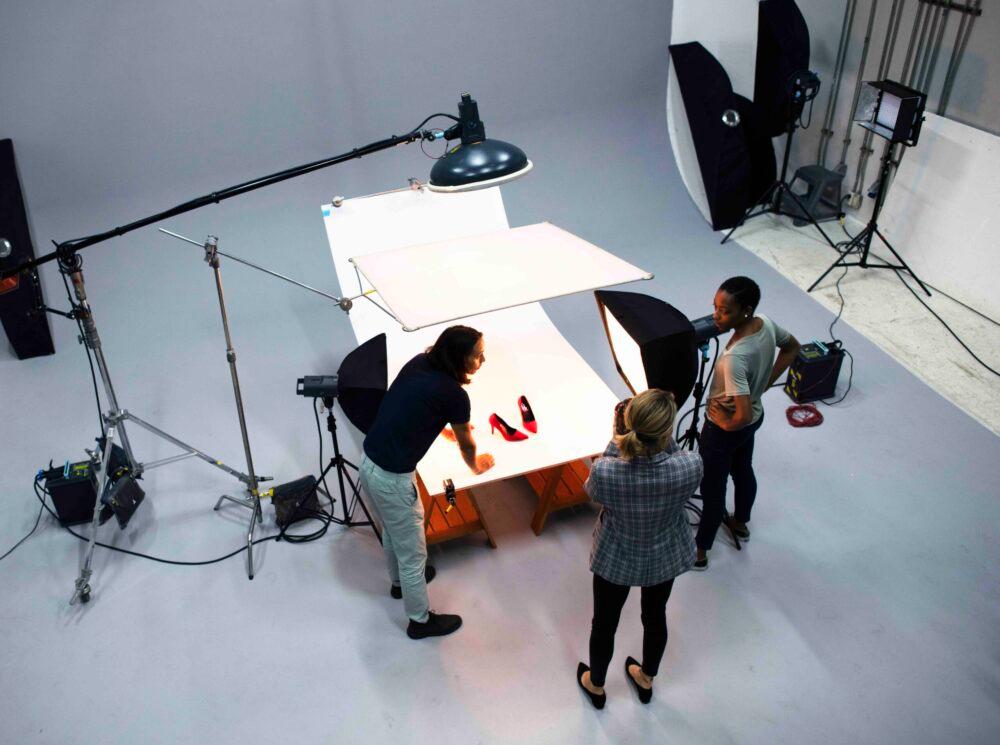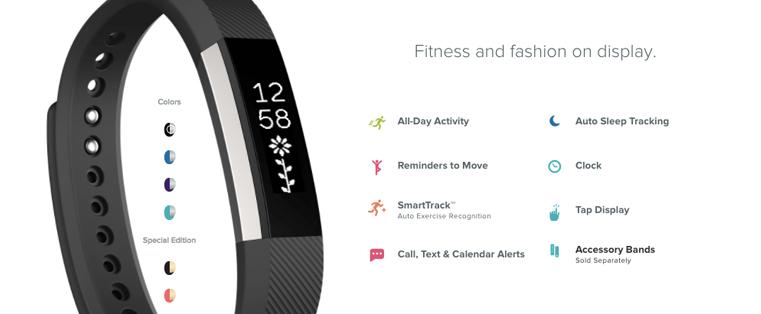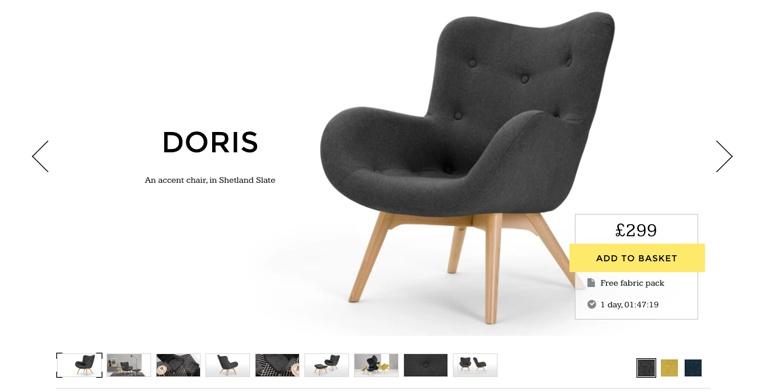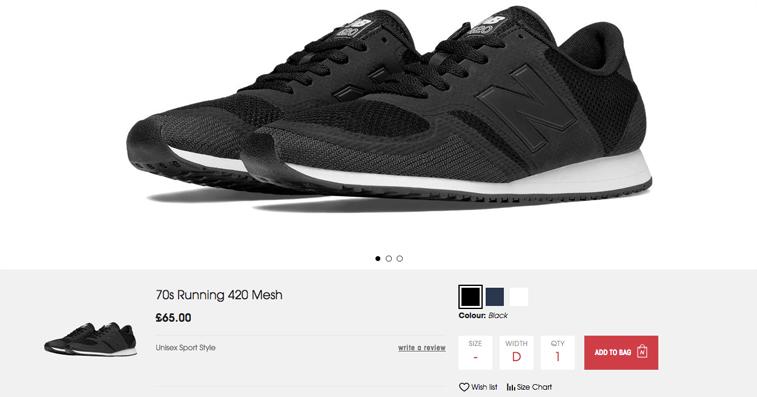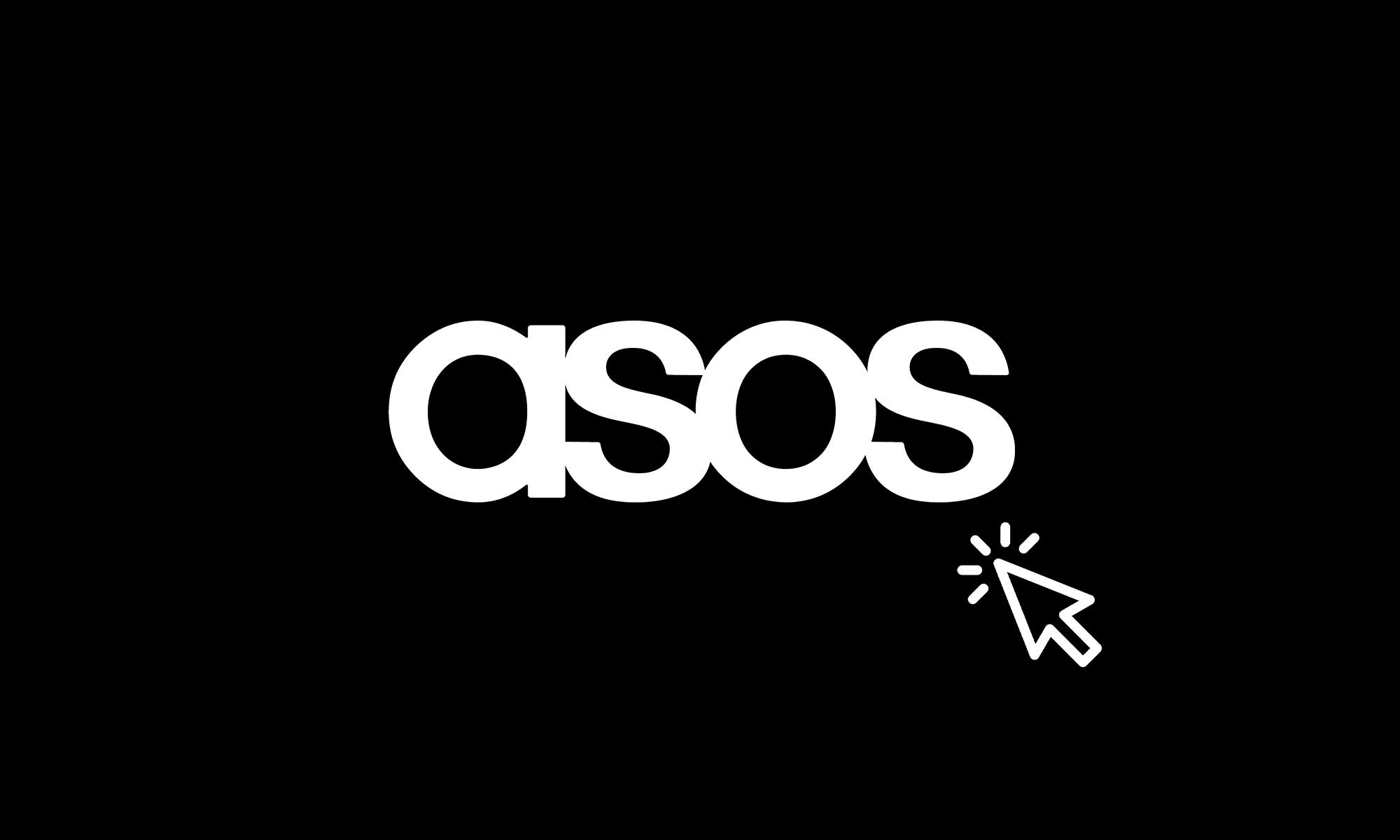The internet is no stranger to amazing visuals. With online imagery forming the basis to good web design it’s never been more important to e-commerce sites.
So why are so many online retailers getting it so wrong? Online shopping, for the first time ever, has become more popular than physically visiting a store. Why get up and get dressed when you’re one click away from buying that inflatable T-Rex costume you’ve had your eye on? Think about it, online retailers make it so easy for us! We don’t even have to put our super long credit card number in anymore, got PayPal? Sweet, one click purchase and done, meaning more time to binge watch Bates Motel on Netflix (do it, you’re missing out).
The difference between professional product imagery and “yeah I know a mate of a mate that’s got a decent camera” can make or break your conversion rate. It’s almost as bad as finding a car on Auto Trader with no images – why must you be like this?
For ecommerce sites, product imagery should be considered your biggest and most important asset for a number of reasons, most importantly the fact that displaying quality images coveys trust. Users want to actually see the quality of the product and its features and assess whether this is reflected in the price.
Reasons you should invest in professional product imagery.
- It’s the first thing a user’s eyes are drawn to. Investing in quality product images means you can quickly capture the attention of potential customers.
- It allows the user to experience the product without the tangibility of shopping in stores. Providing different angles and the ability to zoom offers a great users experience.
- It gives you a competitive edge over other ecommerce sites that sell the same products.
- Quality product images boost the consumer perception of your brand which again, conveys trust.
- Professional imagery combined with useful product descriptions lays the foundation for increased sales. Many sites regurgitate manufacturer product descriptions, which gives them zero chance of ranking in the SERPs. These sites are also likely to have poor product imagery. Writing unique product descriptions combined with professional imagery separates the wheat from the chaff.
- Who doesn’t like a social share? High quality images have a better chance of being shared across social media channels.
But, it isn’t all doom and gloom. In fact, some e-commerce sites get it absolutely spot on by combining stunning imagery with effortless usability.
Fitbit
Fitbit showcase their products with extreme close ups and colour variant options along side the USPs. They also go one step further by bringing the product to life through video, allowing users to gain a better understanding of product features.
Made.com
Made.com have become well known for the portrayal of their products, and it’s clear to see why. The online retailer don’t have physical stores, so it’s imperative that the product imagery conveys every product feature in detail. Like Fitbit, Made.com also include video and a zoom function so you won’t miss a trick before hitting that ‘buy’ button.
Mulberry
This high end retailer doesn’t cut corners when it comes to showcasing their products. Mulberry offer several high quality images to give the user the often missed perspective such as the inside of the product. Which is kind of what you want to see if you’re paying that much for a handbag.
New Balance
Often outshone by the likes of Nike and Adidas, New Balance do a pretty good job when it comes to their visual assets. The difference being that they give the user a full screen view of each product with interchangeable colour variants, meaning no faffing around with complicated zoom features.
Spicely
Selling spices can be difficult online, so Spicely had to get creative. They achieved this feat by displaying the ingredients within each product, an interesting technique which you rarely see online. Bravo.
So, how exactly do you achieve good product imagery we hear you ask…
Go big or go home
Size and quality is everything. Don’t forget, if you’re an e-commerce site, product imagery is your most precious asset. Depending on the layout of your site, sizing can differ so always ensure your product images are between 1200-1500 pixels on the longest side so that you can enable a zoom function.
Speaking of zoom
Allowing users to get a closer look at the quality and feature of your product has become a consumer expectation. Enabling this function is as easy as downloading a plugin – if it’s important to your customers, then you should enable it, no matter the cost.
Alignment and margins
An easy giveaway to shoddy photography is clear misalignment and wonky margins. Make sure you take into account how the image will look on screen and use a tripod!
Lighting
Shadows can make a massive difference and can really help sell a product. Finding the perfect lighting is the fine line between professional and mediocre product imagery. Invest in or hire out light modifiers, meters and accessories.
Background
Keep it clean, fresh and simple. Where product imagery is concerned, when it comes to the background, less is more. This allows maximum exposure of what’s important – the product.
If you’re an online retailer, the next time you’re left scratching your head at your depleting conversion rates take these steps to improve the quality of your product imagery. Not too savvy when it comes to re-touching images? Check out Pixelz.


